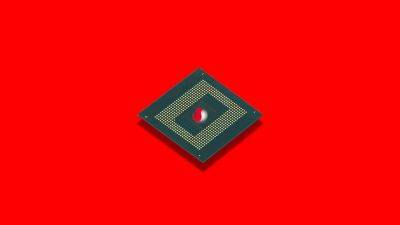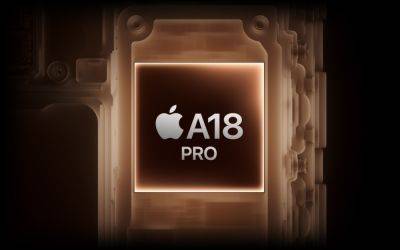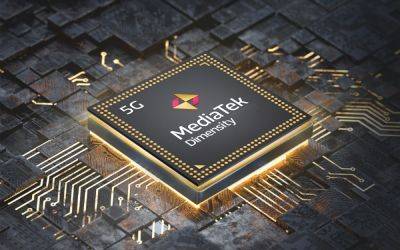Dimensity 9400 Sets A New Record; Becomes The First SoC To Cross 3 Million In AnTuTu, Making It 47 Percent Higher Than The Best-Performing Snapdragon 8 Gen 3
MediaTek is expected to unveil the Dimensity 9400 in October, with the upcoming flagship SoC believed to share various attributes of the Dimensity 9300, such as featuring just performance cores and no efficiency cores. The new silicon is also said to be the first from the company to be mass produced on TSMC’s second-generation 3nm process, improving its efficiency to the point where the use of performance-only cores will not appear as a drawback. One area where the SoC has contributed immensely is in AnTuTu, with a new benchmarking leak showing that it has become the first silicon to cross the 3 million mark.
New score also shows a major boost to the GPU score, which heavily aids in increasing the Dimensity 9400’s overall numbers
The first AnTuTu score of the Vivo X200 Pro was posted, with the flagship featuring the Dimensity 9400 and obtaining 3,007,853 points. When we compared the latest figure with the AnTuTu leaderboards, the fastest Snapdragon 8 Gen 3 at this point has garnered a score of 2,043,275. Overall, the difference means that the Dimensity 9400 is 47 percent faster than Qualcomm’s latest and greatest, though it will be interesting to draw up a comparison once the Snapdragon 8 Gen 4 launches next month.
Related Story Dimensity 9400’s GFXBench Aztec Ruins 1440p FPS Results Tipped To Be Higher Than Apple’s M4, While Beating A18 Pro By An Impressive 86 Percent
The biggest boost given to the Dimensity 9400 score was in the GPU category, where the chipset obtained 1,322,761 points or 44 percent of the total. We have learned that the SoC will feature ARM’s newest Immortalis-G925 MP12 GPU, and it will be exciting to see how it holds up against the 6-core graphics processor of the A18 Pro and the Snapdragon 8 Gen 4’s Adreno 830. The CPU also got a decent uplift, and that is likely thanks to a new ‘BlackHawk’ architecture, which was previously rumored to flaunt a higher ‘Instructions Per Cycle’ than the A17 Pro.
Unfortunately, not every benchmark treats different







